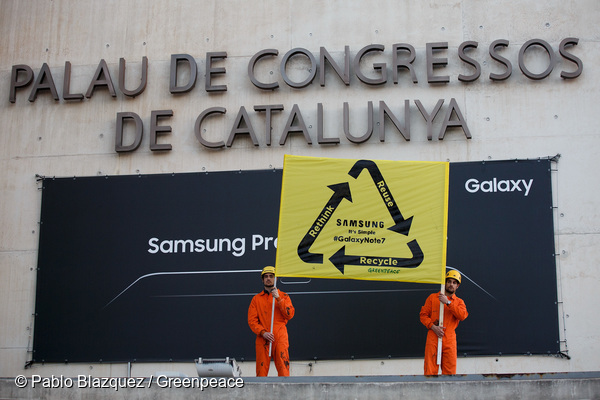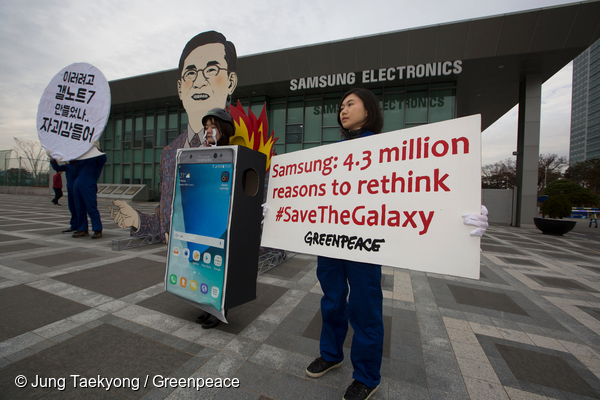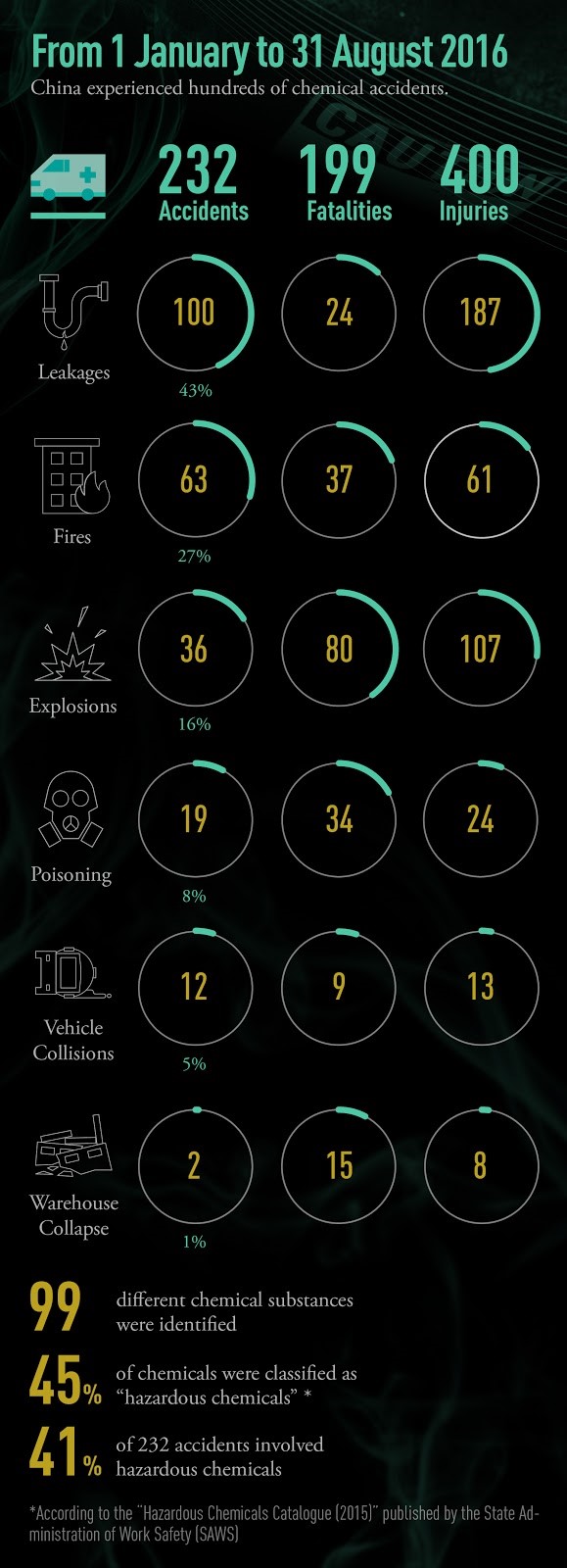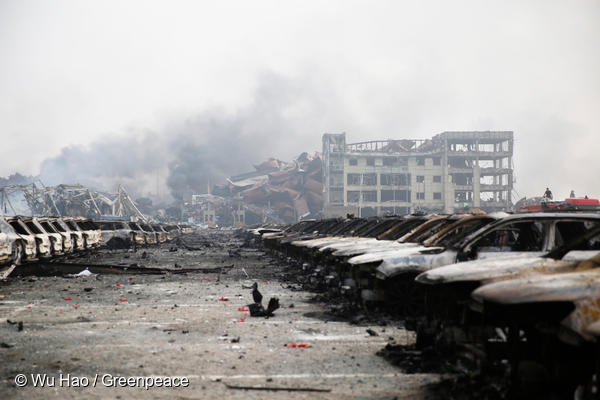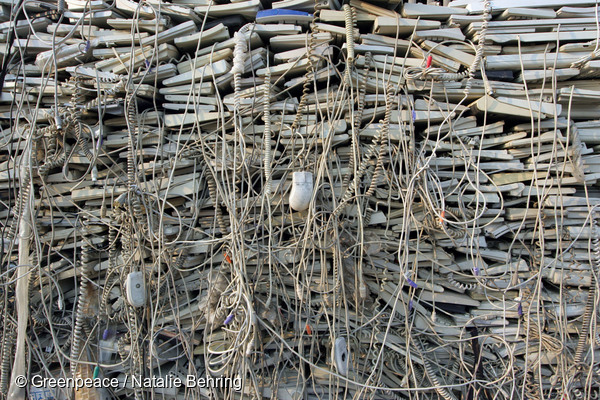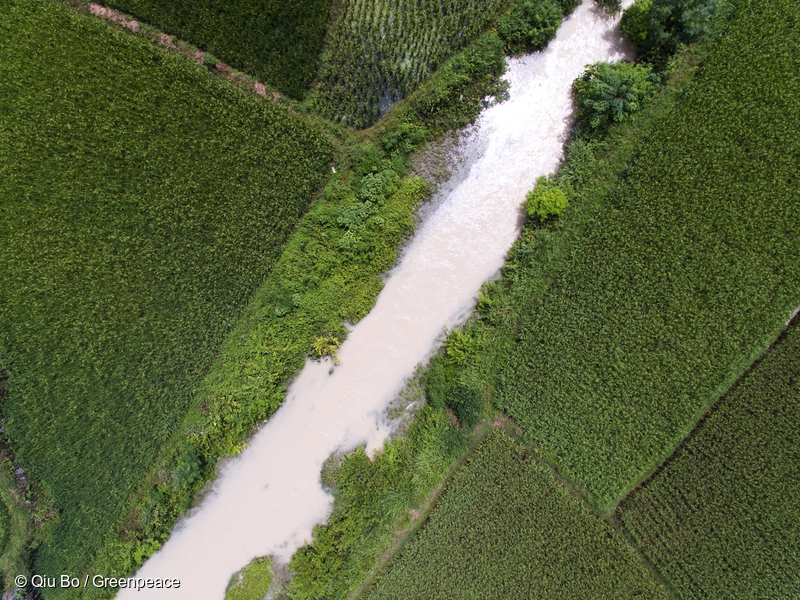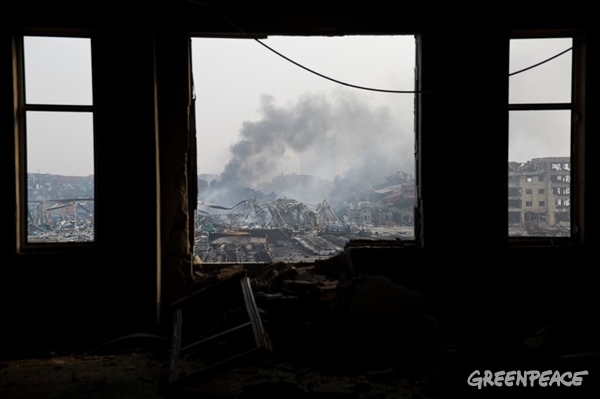-
Samsung, it’s time to share your plan for 4.3 million recalled #GalaxyNote7
It’s been over a month since Samsung announced the recall of its Galaxy Note 7 and , although we have had some progress, Samsung has still not announced what it…
-
Will 4.3 million Samsung Galaxy Note 7 phones end up in the trash?
Right now Samsung is considering dumping 4.3 million brand new Galaxy Note 7 phones following nearly 100 cases of exploding phones around the world. That is equivalent to almost 730,000 kilograms of hi-spec technology! While Samsung made the right call in taking their phones out of circulation to avoid more accidents or injuries, the question is…
-
Dumping 4.3 million Samsung phones is an environmental disaster warns Greenpeace
Seoul, 1 November 2016 - Samsung’s lack of transparency on the disposal of Galaxy Note 7 leaves tonnes of precious minerals at risk of being discarded into the environment. According to calculations by Oeko-Institut, a research and consultancy institution based in Germany, 4.3 million smartphones contain more than 20 metric tonnes of Cobalt, approximately more…
-
Pushing brands to detox: another domino has fallen
Like any other environmentalist, what drives me is a true belief in the idea of positive change through action. That if we work together, we can make the world a better place. While some changes are small and personal, and the effects can be seen immediately, sometimes change is harder won and takes time, effort…
-
Why we’re mapping China’s hazardous chemicals facilities
China’s chemicals industry appears occasionally in the news, but we tend to only hear about it in extreme cases, when footage of enormous explosions circulate around the world, or hundreds of children fall sick. These incidents are shocking, but they’re just the tip of the iceberg. Beyond the headlines, chemical accidents are so frequent in…
-
China averaged 29 chemical accidents per month so far this year – Greenpeace
Beijing, 21 September, 2016 - 232 chemical-related accidents occurred in China from January to August 2016, an average of 29 per month, according to Greenpeace East Asia’s ‘Chemical Accident Counter’. The accidents caused 199 deaths and 400 injuries. The findings demonstrate the lax management of China’s chemicals industry, the world’s largest. In addition, preliminary findings…
-
Which country is most likely to repair their electronic gadgets?
What happens when your mobile phone dies? Which country is most likely to recycle? And do people repair their phones or just simply throw them away? We did the research to find out…
-
Which fashion brands are going toxic-free?
It was a massive step when Adidas, Puma and Nike promised to go toxic-free by 2020. But when we turned our attention to other companies, the rest of the industry…
-
China releases its first ever soil pollution prevention plan, Greenpeace response
Beijing, 31 May, 2016 - China’s State Council today released the Soil Pollution Prevention Action Plan, China’s first ever policy plan aimed at tackling the country’s prevalent soil pollution problem. The document aims to ensure that 90% of currently polluted farmland is usable by 2020. Greenpeace East Asia urges the government to strengthen the plan…
-
China’s ‘toxic’ school was just the tip of the iceberg: our entire chemicals management system needs to change
A case of sudden mass illness at a middle school in Jiangsu Province threw China’s hazardous chemicals industry into the spotlight last week. However, this wasn’t an isolated incident, but a symptom of China’s widespread and deep-rooted chemicals management problem.

